Estimated reading time: 8 minutes
Disclaimer: I am not a medical doctor and nothing in this article should be taken as medical advice. Please talk to your doctor before using any of the herbs and/or remedies mentioned in this article.
Homesteaders are a hardy lot, but there is one thing that can bring even the most stoic of us to our knees: a toothache. Caused by anything from sinus conditions to loose fillings, a toothache is almost always a sign that a visit to the dentist is in order.
Want to save this post for later? Click Here to Pin It on Pinterest!
However, if you aren’t in mind-bending pain, it probably isn’t an emergency. While you wait to get in to see a dentist, here are a handful of time-honored remedies to help you find some relief.
Pressure Relief

Toothache pain tends to peak in the hours when you are trying to sleep – thanks to increased blood pressure in your head. The most basic approach to pain relief is to elevate your head to decrease the pressure a bit by adding pillows or, worst-case scenario, sleeping in a recliner.
Cloves
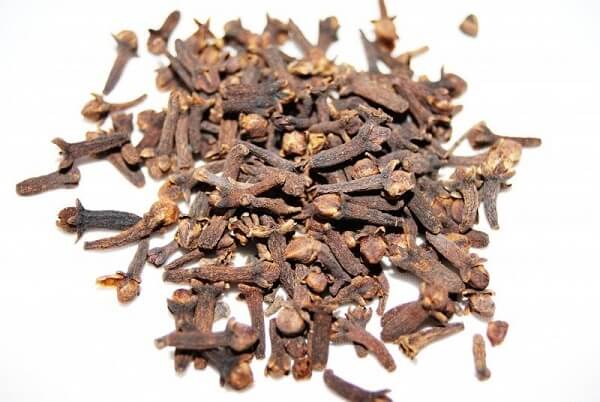
The old-timers’ toothache standby is always at the top of the list for a reason: it works. Cloves contain eugenol, a natural anesthetic. You can use clove oil, but be careful not to get it on your gums or tongue, as it can cause irritation.
The best method of applying clove oil is to put a few drops onto a cotton ball and then position it against the tooth until you feel relief. If you don’t have any clove oil on hand, you can always use a powdered clove or a whole clove places against the tooth and chewed lightly to release the oils.
Cayenne-Ginger Paste

I know, the thought of putting this paste in your mouth probably sounds like a recipe for torture, but the truth is that they both function as powerful painkillers. Using powdered cayenne and powdered or freshly grated ginger, add a little water to make a paste. Saturate half a cotton ball in the paste, and place it onto the tooth, avoiding your tongue and gums.
Some of it is going to migrate into your mouth, so be prepared, but keep it in place for as long as possible. The same chemical component that makes spicy chilis burn–capsaicin–also blocks pain messages from reaching the brain, and so functions well as a form of pain relief.
Salt Water Rinse
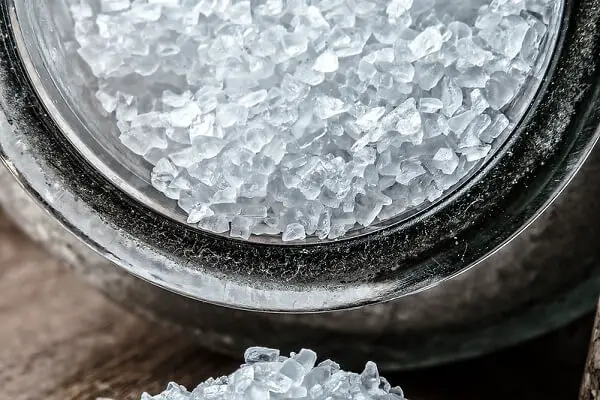
When you are suffering from a toothache, one of the simplest remedies is a good, old-fashioned salt water rinse. To make a solution, add salt to boiling water until it will no longer dissolve. Once it has cooled to a comfortable level, swish it around the mouth (making sure to really focus on the area of the toothache) for 30 seconds to a minute before spitting it out.
Saltwater works to relieve pain in two ways: it cleanses the area around the tooth and can help to combat an infection while also drawing down swelling and relieving pain by reducing the pressure caused by inflamed tissues. Repeat this treatment as often as you like, and definitely rinse after eating or brushing and flossing your teeth.
Hydrogen Peroxide Rinse

Sometimes a toothache is actually an issue with gum inflammation. A hydrogen peroxide rinse can help with pain and inflammation by killing bacteria and helping to heal angry gums and mouth sores. Because this liquid is made up of oxygen and hydrogen molecules, it is an oxidizing agent, capable of reducing plaque and cleaning the mouth.
To make a rinse, dilute the hydrogen peroxide with two parts water to one part hydrogen peroxide. Swish it around the mouth for 30 seconds and then spit out, taking care not to swallow any. Do not use this rinse more than once a day.
Black Tea Compress

Black tea contains tannins, known for their astringent properties. Steep a tea bag in boiling water for 5 minutes or so, and remove the tea bag, allowing the tea to cool. You can swish the tea around in your mouth for a minute and then spit it out or swallow it.
Afterward, place the tea bag inside your mouth, against the aching tooth. You can also add mint leaves or mint oil to your brewing tea for some extra relief.
Cold Compress
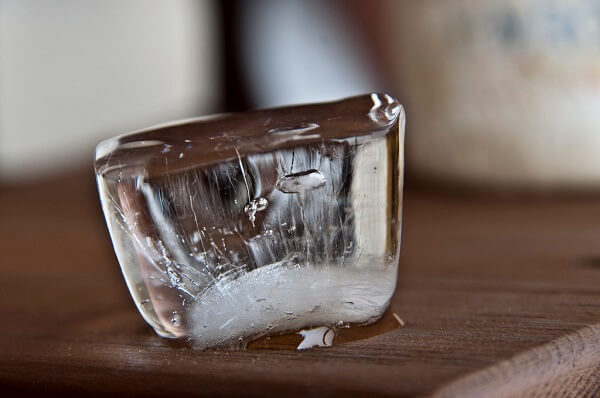
One of the most reliable pain relief techniques is applying ice to relieve inflammation and numb pain. Place a few ice cubes into a plastic bag, and wrap it in a thin cloth, like a hand towel. Apply it with a little pressure to your cheek on the side of your toothache.
You can also put a single ice cube into a bag, wrap it in a cloth, and hold it inside your mouth against the tooth. In either scenario, let it sit on the affected area for 15 minutes to numb the nerve. You can do this in intervals: 15 minutes on and 15 minutes off to relieve the pain.
Myrrh Treatment
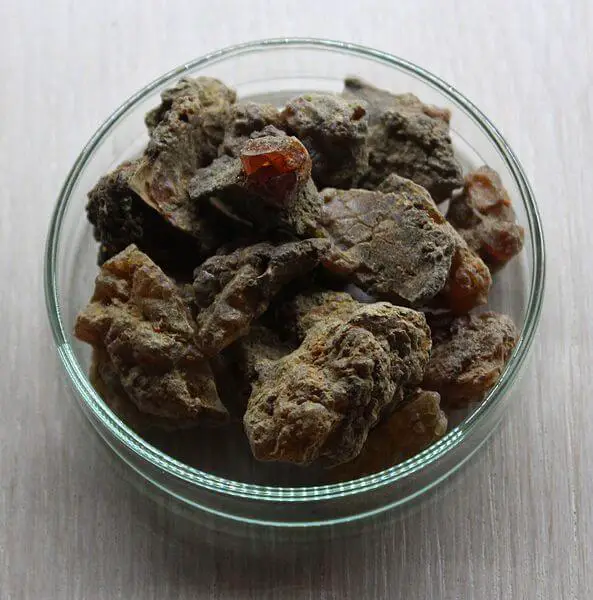
One of the oldest old-school remedies is myrrh — celebrated for centuries for its astringent, antiseptic properties. Myrrh is known as a powerful healing agent for mouth sores and oral injuries. If you have powdered myrrh, simmer one teaspoon in 2 cups of water for half an hour, then strain it out and let the solution cool.
Add a tablespoon of the solution to a half-cup of water and rinse with it up to six times a day. Alternately, if you have access to a myrrh tincture, saturate a cotton ball with the tincture and apply it to the affected tooth for as long as you like. The alcohol in the tincture will also act as an antiseptic, doing a bit of double-duty.
Garlic Cure
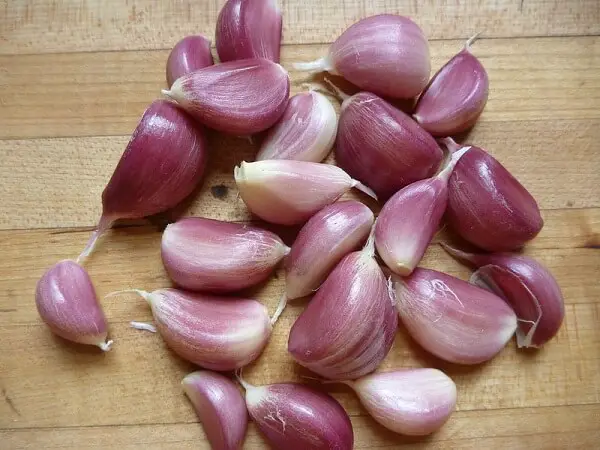
Garlic has long been celebrated for its medicinal properties — it is a powerful antibacterial agent. But did you know that it is also used for pain relief? While it won’t do your breath any favors, a clove of garlic crushed to a paste and applied to the aching tooth, or chewed directly, can work wonders toward relieving pain and helping to staunch any infections.
You probably only want to do this if you are going to be at home alone because your breath will be powerfully repellant after a few of these treatments.
Final Thoughts
While many of these treatments can help to relieve pain and fight infection, remember that if you experience a fever, trouble breathing or swallowing, or intense pain that lasts more than a few days, you should seek treatment immediately. Any infection in your skull is dangerous– your brain is right there.
So, if you can’t seem to beat the pain after a few days of traditional remedies, don’t be a tough guy, seek the medical attention you need to heal what could be a dangerous infection. On the flip side, if you cure your pain with one of these remedies– congratulations, your ancestors would be proud to see you using the old ways to heal yourself!
Like this post? Don't Forget to Pin It on Pinterest!



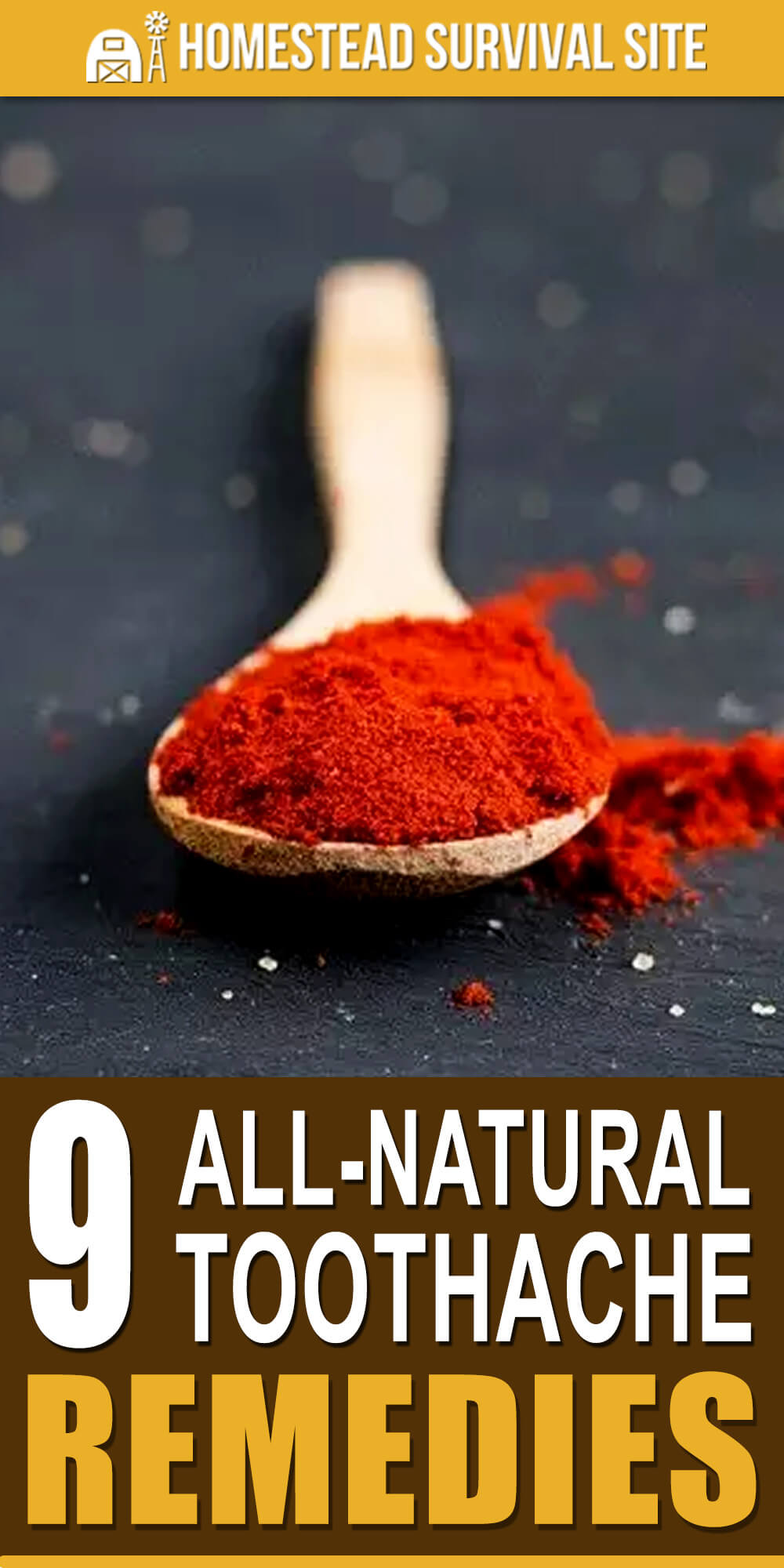






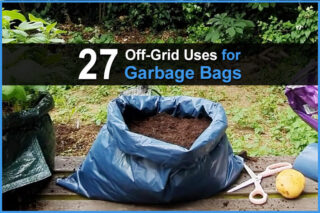

You forgot the Toothache Plant. Look it up.
In Texas, Xanthazylum clava-herculis, the toothache tree.Chew the leaves. Close relative of the Szichuan pepper tree, grows along fence lines all over rural Texas. Small tree, the 1st to die in a drought. That said, the absolute best home toothache remedy is cheap white 100% agave tequila. Swish a bit around the bad tooth for a minute, spit or swallow as your conscience dictates.